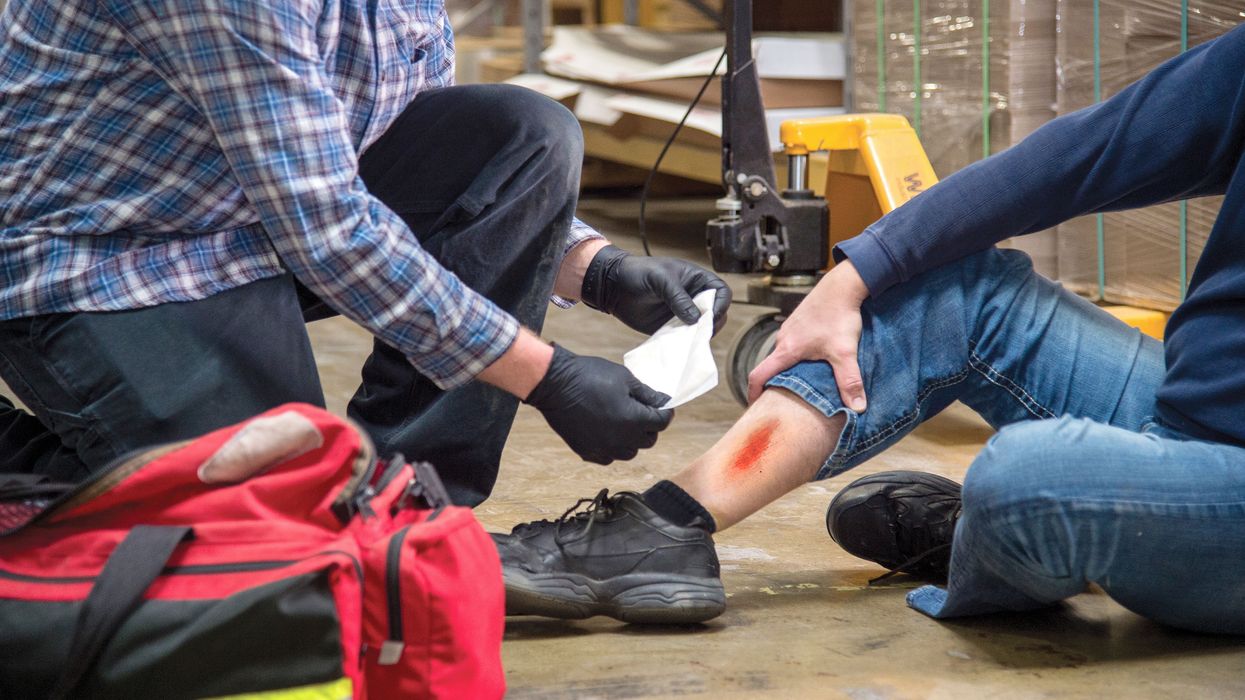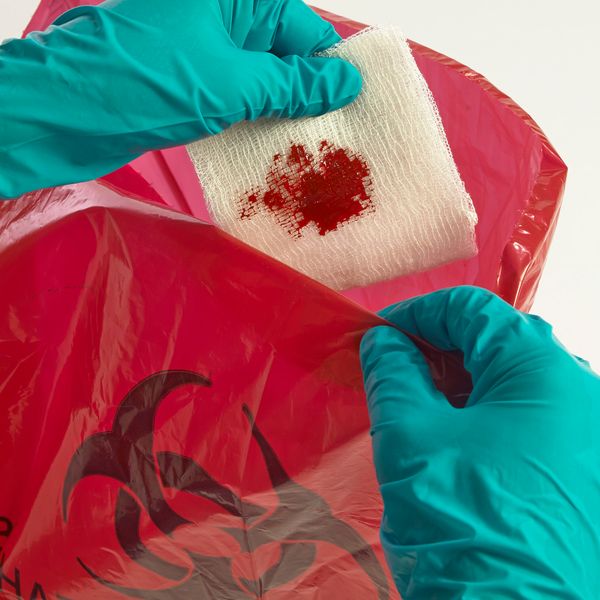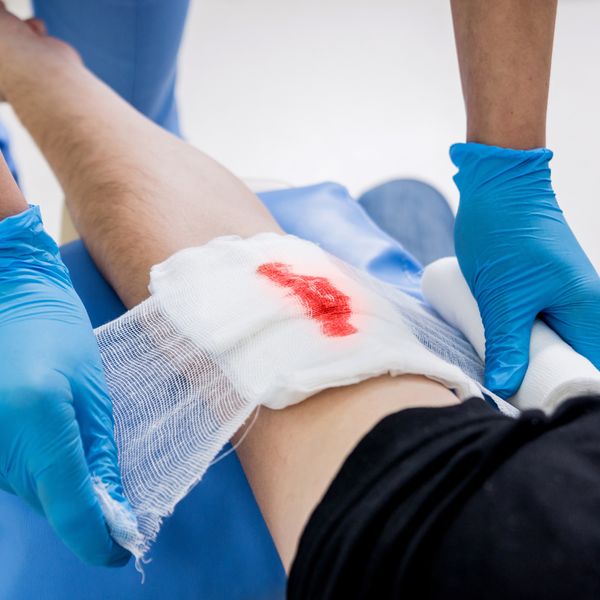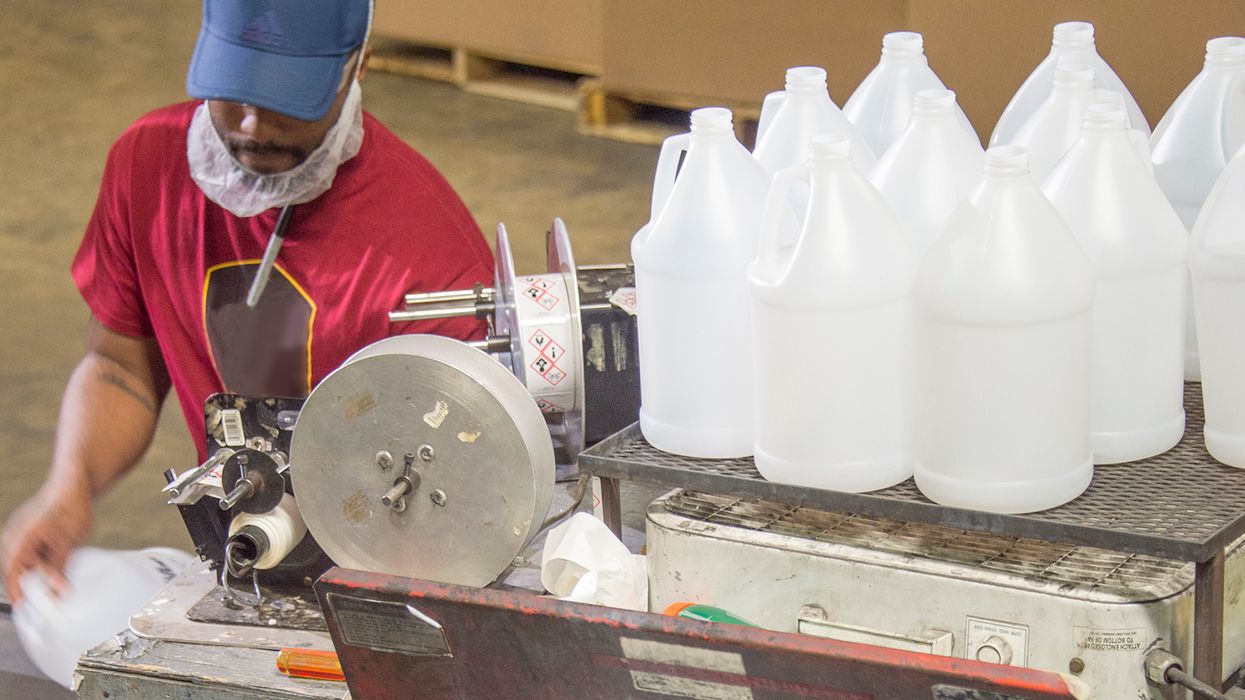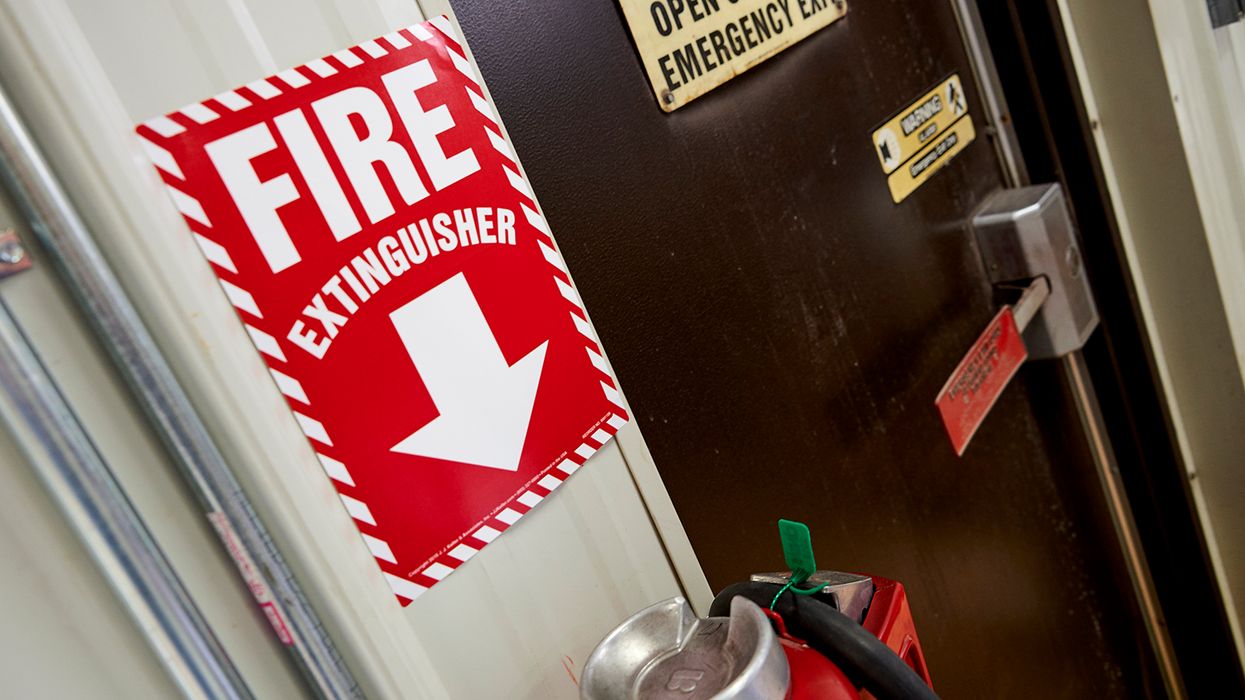Occupational exposure as it relates to the Good Samaritan Act
OSHA’s Bloodborne Pathogens standard for General Industry, 1910.1030, is designed to safeguard workers against health hazards related to blood or other potentially infectious materials (OPIM). The regulation requires employers to offer certain protections to workers with “occupational exposure.” In a non-healthcare setting, this can include those responsible for rendering first aid or medical assistance as part of their job duties (such as someone on a first-aid team). Good Samaritan employees who may choose to offer similar assistance need to understand that those safeguards do not apply.
Occupational exposure
The term “occupational exposure” is defined as reasonably anticipated skin, eye, mucous membrane, or parenteral contact with blood or OPIM that may result from the performance of an employee’s duties. If an employee has designated responsibility for rendering first aid or medical assistance, the standard provides full understanding of the potential for occupational exposure through required information and training.
Safeguards
As part of this information and training, the Bloodborne Pathogen standard specifies safeguards to protect workers against certain health hazards. It contains requirements for exposure control plans, engineering and work practice controls, hepatitis B vaccinations, hazard communication and training, and recordkeeping. The standard is designed to hold employers accountable for workers who may be exposed to blood or OPIM.
The employer should inform employees who are not designated to render first aid or medical assistance as part of their job duties that the safeguards of this standard do not apply.
Good Samaritan
An employee that intervenes to assist another individual without prior training, responsibility or promise of compensation is acting under the premise of a Good Samaritan. If an exposure incident to blood or OPIM occurs due to an employee providing first aid or CPR of their own free will, the employee has no coverage under the standard. The employer is not required to provide the HBV vaccination series, post-exposure evaluation, follow-up procedures, or any other protections of the standard to these Good Samaritans. However, OSHA encourages the employer to do so.
Both employers and employees should understand occupational exposure as it relates to OSHA’s protections. It is also important for employees acting as Good Samaritans to understand their protections, or lack thereof. If the employee’s duties do not correspond to 1910.1030’s definition of occupational exposure, they are not covered.

